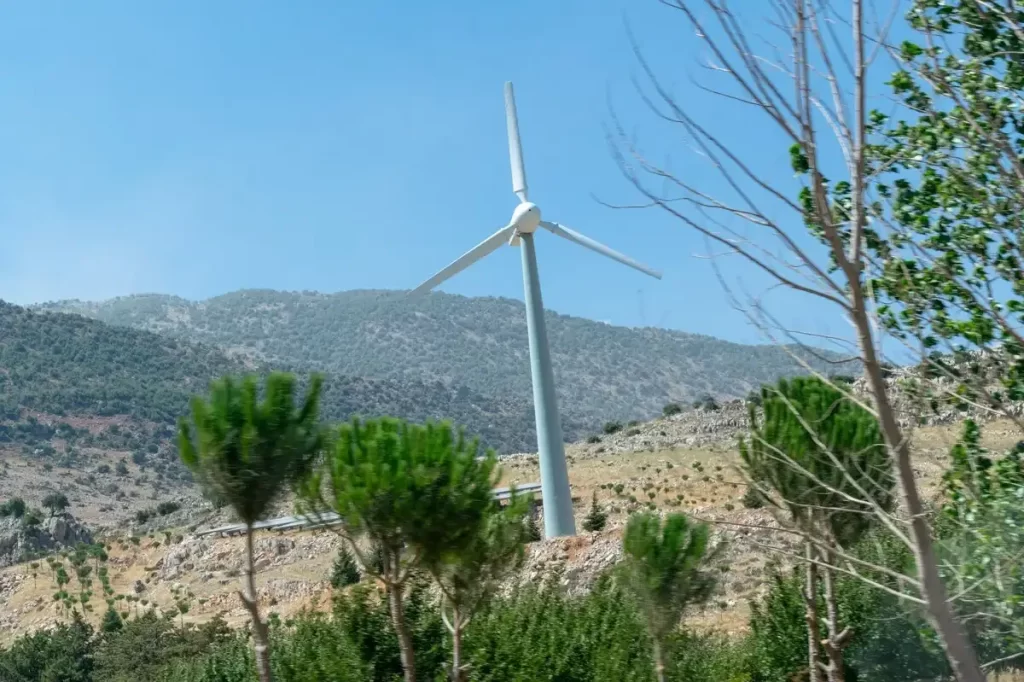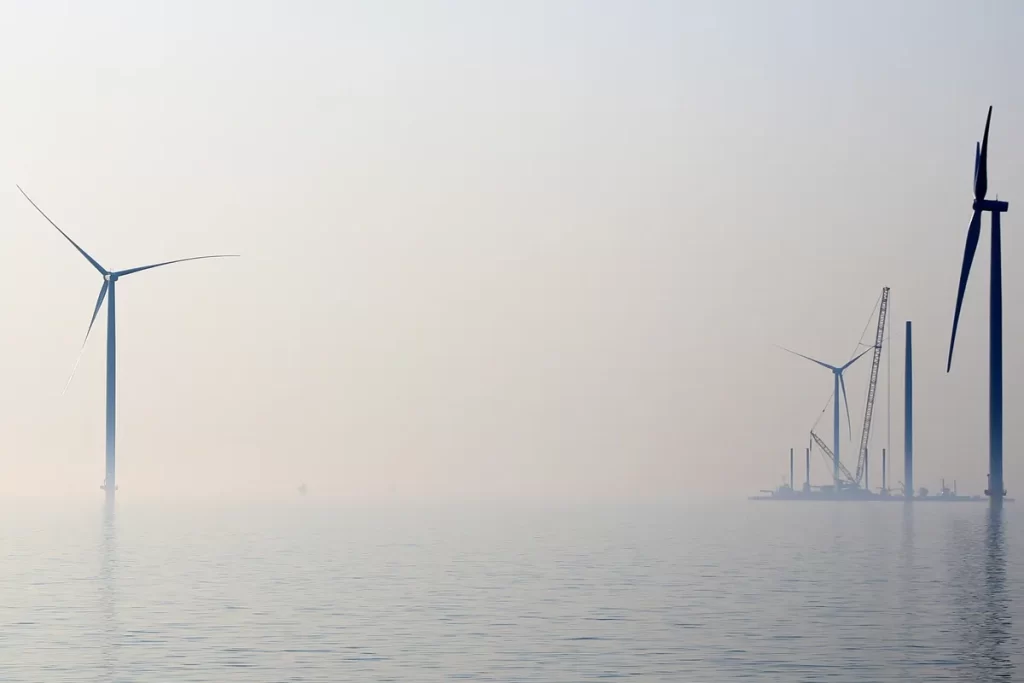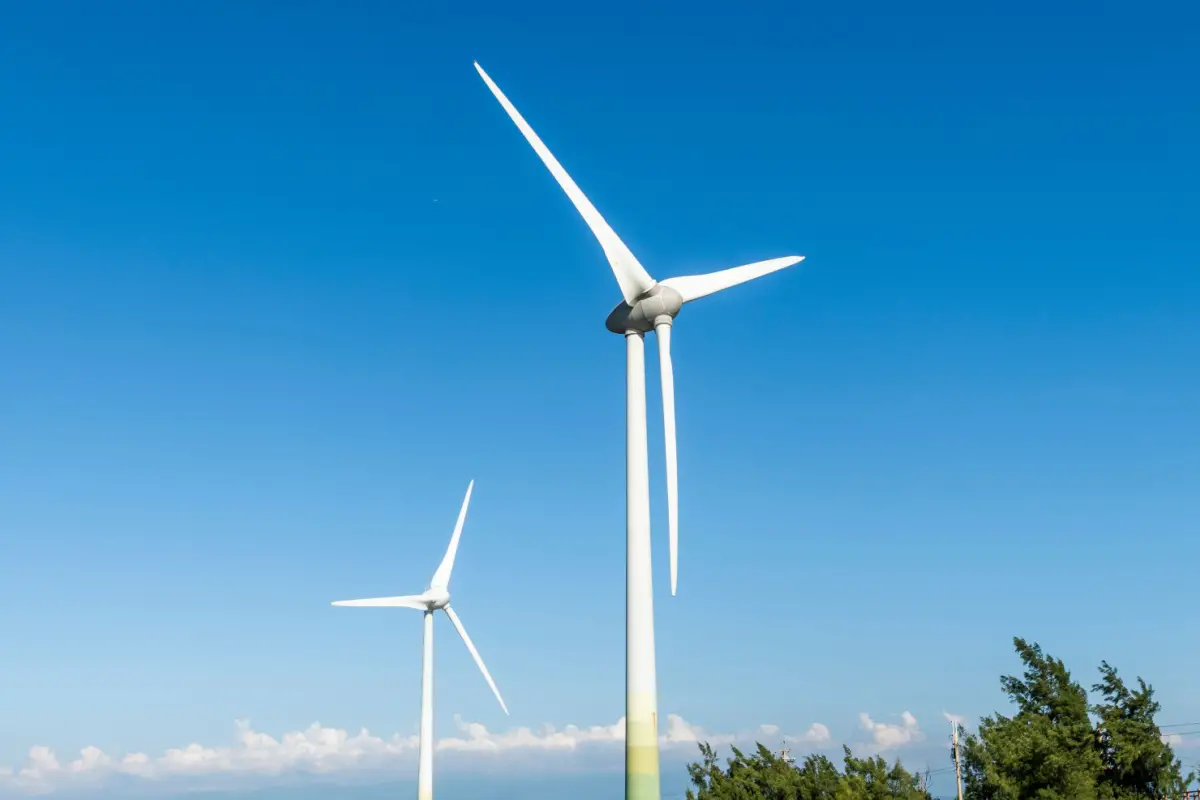The cost of a wind turbine can vary depending on several factors such as its size and capacity. On average, a home windmill with a capacity of under 100 kilowatts can cost around $30,000 (Source). In the United States, an average household consumes about 10,720 kilowatt-hours (kWh) of electricity per year (Source).
For commercial wind turbines, the cost can range from $2.6 million to $4 million per average-sized turbine (Source). Larger wind turbines are generally more expensive to manufacture and install than smaller ones. This is because larger turbines require more materials, more sophisticated engineering, and heavier equipment to install.
What factors affect the cost of a windmill?
There are several factors that can affect the cost of a wind turbine. These factors can include the size and capacity of the turbine, its reliability, and local weather conditions such as average wind speeds and tidal ranges. Additionally, installation costs can vary depending on the location and specific requirements of the project.
The cost of a wind turbine is typically measured in cost per kilowatt (kW) of capacity. Larger wind turbines generally have a lower cost per kW than smaller ones, because the larger turbines can generate more energy at a lower cost per unit. For example, the cost of a wind turbine can range from $1,300 to $2,200 per kW of capacity for turbines with a capacity of less than 100 kW, and from $1,100 to $1,400 per kW of capacity for turbines with a capacity of more than 100 kW.
The reliability of a wind turbine can also affect its cost. A more reliable turbine may have a higher upfront cost but can result in lower maintenance costs and higher energy production over its lifetime. This is because a turbine that experiences fewer breakdowns and requires less maintenance will incur fewer repair and replacement costs. The International Energy Agency (IEA) notes that the reliability of wind turbines is a critical factor in ensuring the financial viability of wind energy projects. The IEA recommends that wind energy developers prioritize the use of reliable turbines that are designed to operate in a wide range of weather conditions and that are subject to regular maintenance and inspections.
Local weather conditions, such as average wind speeds and tidal ranges, can impact the cost of a wind turbine by affecting the efficiency of the turbine and the amount of energy it can produce. Wind speed is one of the most important factors that can affect the efficiency and output of a wind turbine. According to the National Renewable Energy Laboratory (NREL), wind turbines require a minimum wind speed of 6-9 miles per hour to start generating electricity, and their efficiency increases as wind speeds increase up to a certain point. Areas with low wind speeds may not be suitable for wind energy development, as turbines will generate less energy and be less cost-effective in such areas.
Tidal ranges, which are the differences in water levels between high tide and low tide, can also affect the cost of a wind turbine in areas with significant tidal currents. According to the International Renewable Energy Agency (IRENA), tidal turbines can be more expensive than wind turbines, but they may be more cost-effective in areas with strong tidal currents where they can generate significant amounts of electricity.
How much does a small wind turbine cost?
Small wind turbines are generally used for residential or small commercial purposes. The cost of a small wind turbine can range from $3,000 to $8,000 per kilowatt (kW) of capacity. For example, a 10 kW wind turbine could cost between $30,000 and $80,000. The cost per kW typically decreases as the size of the wind turbine increases.
Small wind turbines are typically used for residential, agricultural, and small commercial purposes, and the cost of a small wind turbine can vary depending on the size and capacity of the turbine, as well as other factors such as installation costs and location.
Government incentives, tax credits, and grants may be available for homeowners and small businesses that invest in renewable energy sources such as wind turbines, which can help offset the upfront costs.

How much does a large-scale wind turbine cost?
Large-scale wind turbines are typically used for commercial or industrial purposes. The cost of a large-scale wind turbine can range from $1 million to $2 million per megawatt (MW) of capacity. For example, a 1 MW wind turbine could cost between $1 million and $2 million. Again, the cost per MW typically decreases as the size of the wind turbine increases.
Large wind turbines are typically used for utility-scale electricity generation, and that the cost per MW typically decreases as the size of the wind turbine increases. The installed cost of wind power projects in the United States has fallen by more than 70% since 2009, due to improvements in technology and economies of scale.
The cost of a wind energy project is not only influenced by the upfront cost of the turbines, but also by the cost of financing, permitting, land acquisition, and ongoing maintenance and operation. A comprehensive cost analysis that considers all of these factors is necessary to accurately estimate the cost of a wind energy project.
What are the additional costs associated with wind energy?
In addition to the cost of the wind turbine itself, there are also additional costs associated with wind energy. These costs can include site assessment, installation, and ongoing maintenance. Additionally, there may be costs associated with connecting the wind turbine to the electricity grid. Experts anticipate cost reductions for wind energy in the future due to advancements such as bigger and more efficient turbines and lower capital and operating costs.
The cost of maintaining a wind turbine can vary depending on several factors such as its size and location. For modern wind turbines, the estimated maintenance costs are typically in the range of 1.5% to 2% of the original investment per year. This can include regular servicing and other maintenance tasks.
Wind turbines require regular maintenance to keep them running smoothly. This can include routine inspections, cleaning, lubrication, and repairs. The frequency of servicing can vary depending on several factors such as the climate and location of the wind turbine. In general, it is recommended that wind turbines be serviced at least once a year or every six months in harsh climates.
Are windmills a cost-effective source of renewable energy?
Despite the upfront costs of wind turbines, they can be a cost-effective source of renewable energy in the long run. In fact, land-based utility-scale wind power is one of the lowest-priced energy sources available today. Wind energy has a relatively low cost per unit of energy compared to other sources of renewable energy, such as solar power. The fuel for wind energy, which is wind itself, is free and will never be subject to price uncertainty. Additionally, wind energy does not produce harmful emissions or contribute to climate change, which can help reduce environmental and health-related costs in the future. Advances in science and technology are expected to continue improving wind energy’s cost competitiveness.

How does wind energy compare to other renewable energy sources?
Overall, wind energy has a number of advantages over other renewable energy sources, particularly in terms of its consistency and reliability. However, the choice of renewable energy source will depend on a variety of factors such as location, availability of resources, and cost-effectiveness.
Solar Energy
Solar energy is the most widely used form of renewable energy in the world, and it has a number of advantages over wind energy. Solar panels are often less expensive to install than wind turbines, and they require less maintenance. They can also be installed on smaller scales, making them suitable for individual homes and businesses.
However, solar energy has some disadvantages as well. Solar panels generate electricity only when the sun is shining, and their efficiency can be reduced by factors such as cloud cover, shade, and dirt. In contrast, wind turbines can generate electricity even when the sun is not shining, and their output is more consistent.
Hydropower
Hydropower is another important renewable energy source that is widely used around the world. Hydropower plants generate electricity by harnessing the energy of flowing water. They can be more cost-effective than wind turbines or solar panels in certain locations, particularly where there is a large amount of flowing water.
However, hydropower has some disadvantages as well. It requires access to large bodies of water, which may not be available in all locations. Hydropower plants can also have significant environmental impacts, particularly on fish populations and river ecosystems.
Biomass
Biomass refers to organic matter such as wood, crops, or waste materials that can be burned to generate energy. Biomass can be a cost-effective source of energy in some locations, particularly where there is an abundance of agricultural waste or forestry residues.
However, biomass also has some disadvantages. Burning biomass releases carbon dioxide and other pollutants into the air, which can contribute to climate change and other environmental problems. In addition, biomass may not be a sustainable source of energy in all locations, particularly where it is obtained by cutting down forests or using large amounts of water for irrigation
Geothermal
Geothermal energy involves harnessing the heat that is generated by the earth’s core. It can be a cost-effective and environmentally friendly source of energy in some locations, particularly where there are hot springs or geysers.
However, geothermal energy is not suitable for all locations, as it requires access to high temperatures and underground water sources. It can also have some environmental impacts, particularly on groundwater quality and local ecosystems.

